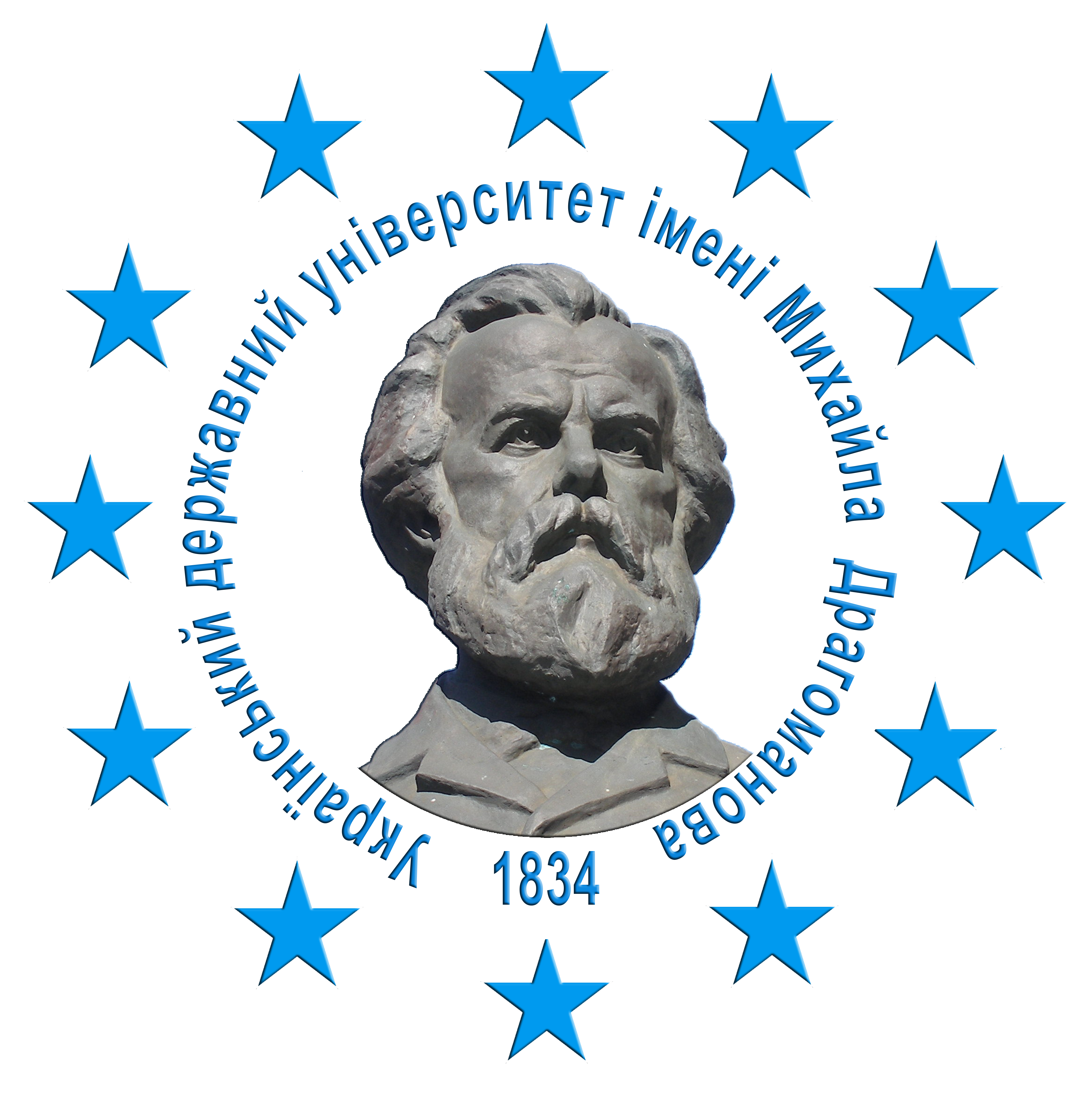SYNESTHESIA IN SOCIAL POSTER DESIGN: COGNITIVE MECHANISMS OF INFLUENCE
DOI:
https://doi.org/10.31392/cult.alm.2025.1.46Keywords:
synesthesia, social poster, cognitive psychology, visual perception, multisensory design, cognitive load, memory, attention, emotional impact, interactive designAbstract
The article explores the use of synesthesia in social poster design through the lens of cognitive psychology.It examines the interconnection between multisensory perception, memory, and attention in the process of visual communication. The mechanisms of cognitive load and their impact on the effectiveness of social posters are analyzed. The importance of integrating visual, tactile, and other sensory elements in design to enhance emotional resonance and long-term memorization is emphasized. Global trends in the use of three-dimensional, tactile, and AR posters and their influence on audience perception are highlighted. Special attention is given to the role of cognitive mechanisms in the perception of complex visual messages that utilize associative connections and emotional triggers.The article investigates the effect of Gestalt principles in social poster design and their ability to form recognizable patterns that are imprinted in the viewer's consciousness. The role of color, contrast, and composition in creating impactful social posters capable of evoking an immediate emotional response is analyzed. The connection between social poster design and audience behavioral reactions is explored, including the effect of cognitive immersion and the perception of reality through multisensory stimuli. Perspectives for further research in the field of synesthetic design are outlined, which may contribute to expanding the possibilities of social posters as an effective tool of visual communication.Particular attention is paid to the Ukrainian social poster, its visual traditions, and the potential for implementing new methodologies in contemporary design. Examples of creative posters that demonstrate the principles of synesthesia and cognitive interaction are presented, including works that utilize optical illusions, interactive elements, and associative metaphors. Recommendations for designers are provided to help create effective social posters capable of eliciting deep emotional responses and motivating audiences to take action. It is proven that the application of cognitive psychology and synesthetic principles in social posters enhances their impact, increasing audience engagement, facilitating memory retention, and fostering emotional involvement in social issues.
References
Arnheim, R. (2004). Art and Visual Perception: A Psychology of the Creative Eye. 2nd ed. University of California Press.
Bandura, A. (1977). Social Learning Theory. Englewood Cliffs, NJ: Prentice-Hall.
Barrett, L. F. (2006). Are emotions natural kinds? Perspectives on Psychological Science, 1(1), 28–58.
Chen, R. (2020). Research on Public Welfare Poster Design Based on Cognitive Psychology – Taking the Poster Design for Wildlife Protection as an Example. Advances in Social Science, Education and Humanities Research, 515. DOI: 10.2991/assehr.k.210106.122.
Gallace, A., Spence, C. (2011). In Touch with the Future: The Sense of Touch from Cognitive Neuroscience to Virtual Reality. Oxford University Press.
Heller, M. A. (2019). The Psychology of Touch. Routledge.
Jaenichen, C. (2017). Visual Communication and Cognition in Everyday Decision-Making. IEEE Computer Graphics and Applications, 37(6), 10–18. DOI: 10.1109/MCG.2017.4031060.
Lacey, S., Sathian, K. (2014). Multisensory Imagery. Springer.
Mayer, R. E., Moreno, R. (2003). Nine ways to reduce cognitive load in multimedia learning. Educational Psycholo- gist, 38(1), 43–52. DOI: 10.1207/S15326985EP3801_6.
Sathian, K., Ramachandran, V. S. (2020). Multisensory Perception: From Laboratory to Clinic. Elsevier.
Schacter, D. L. (1999). The Seven Sins of Memory: How the Mind Forgets and Remembers. Houghton Mifflin Har- court.
Shirky, C. (2021). Cognitive Surplus: Creativity and Generosity in a Connected Age. Penguin Books.
Sweller, J. (2011). Cognitive Load Theory. Springer.
Tufte, E. R. (2001). The Visual Display of Quantitative Information. 2nd ed. Graphics Press.
Zhao, Y., Li, W. (2024). The Combination of Cognitive Psychology and Creative Thinking Skills in Art and Design. Applied Mathematics and Nonlinear Sciences, 9(1). DOI: 10.2478/amns.2023.2.00808.








